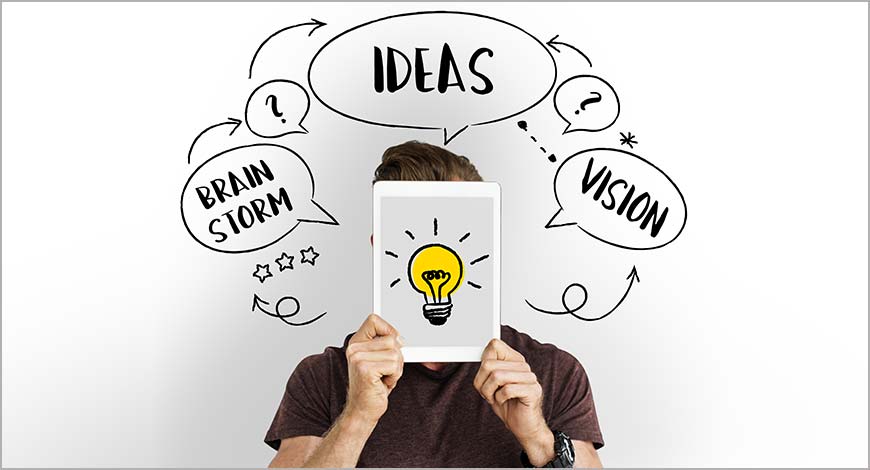 Change is the only constant is a saying attributed to the Greek philosopher Heraclitus of Ephesus. If that is true, then instead of focusing on teaching students facts that they memorise and regurgitate during an exam, we should, as Alvin Toffler wrote in his 1970’s best-seller ‘Future Shock’, be “instructing students how to learn, unlearn and relearn”. Toffler quotes psychologist Herbert Gerjuoy of the Human Resources Research Organization: “Tomorrow’s illiterate will not be the man who can’t read; he will be the man who has not learnt how to learn.”
Change is the only constant is a saying attributed to the Greek philosopher Heraclitus of Ephesus. If that is true, then instead of focusing on teaching students facts that they memorise and regurgitate during an exam, we should, as Alvin Toffler wrote in his 1970’s best-seller ‘Future Shock’, be “instructing students how to learn, unlearn and relearn”. Toffler quotes psychologist Herbert Gerjuoy of the Human Resources Research Organization: “Tomorrow’s illiterate will not be the man who can’t read; he will be the man who has not learnt how to learn.”Buckminster Fuller created the ‘Knowledge Doubling Curve’ in the 1980’s; he saw that till 1900, human knowledge doubled approximately every century. Then the pace of knowledge creation increased and by the time World War II came to an end, it took only 25 years for knowledge to double. Today the speed is much faster, though it varies in different fields, for example, nanotechnology knowledge is doubling every two years and clinical knowledge every 18 months. Human knowledge is doubling every 13 months on an average. According to IBM, the build out of the ‘Internet of Things’ will lead to the doubling of knowledge every 12 hours.
LESS RELIANCE ON PAST KNOWLEDGE
With this explosion of new knowledge, past knowledge has become less than useful as a template in preparing people for tomorrow’s world.
Today’s knowledge economy fosters growth through innovation and technological dynamism. The speed with which scientific and technical advances happen is increasing and so is the pace of obsolescence. This dynamism is not limited to information technology alone, but extends to all sectors of the economy including Agriculture. There is more reliance on intellectual capabilities than physical resources or even capital.
Imitation, while important when starting on the path to economic growth, does not allow a firm or country to capture a large part of the value created. To do so, we need to innovate, do new things, create new services or products. Apple, the first firm to hit a trillion-dollar market capitalization, is able to charge high prices because it sells products that are unique, regularly introduces new products that have capabilities and design qualities for which consumers are willing to pay a premium. Though only a small number of employees work directly for Apple, as manufacturing is outsourced, it still manages to capture the major part of the value of the product.
PREPARING CHILDREN FOR THE FUTURE
As a Human Resource professional, concerned about talent, I look at this and wonder how we in India can help educate our children for the world of tomorrow. With knowledge growing at such a rapid pace, and the constant need to innovate to stay competitive, clearly content knowledge alone will not be helpful.
Our children will need to be armed with skills that will allow them to compete in a rapidly changing and evolving world. One such skill that will help them thrive in this new world would be critical thinking; using reasoning, analysis, interpretation and synthesizing information for problem-solving. They would also need research skills and practices. Since trying to create new things would come along with failure, it is important that students are taught perseverance, self-direction, planning, self-discipline, adaptability and initiative. As most work is done in teams, social skills such as leadership, teamwork, collaboration, cooperation are important. But the most important would be creativity: artistry, curiosity, imagination, innovation, personal expression. The ability to take different knowledge areas and combine them in unique ways, which leads to a pattern or structure which was not there earlier. Textbook-based learning alone will not create a large pool of creative individuals who are willing and able to face new problems and come up with innovative solutions that will allow India to catapult itself to the ranks of advanced economies. We need a blend of textbook learning, project work, sports, music, arts, drama, etc., that allow students to build the skillsets necessary to succeed in the rapidly changing real world. So how do we educate for creativity?
FREE FROM THE MINDLESS DOCTOR, ENGINEER RACE
We clearly need to move from large class-rooms where teachers stand in front of a blackboard and deliver a lecture, the classic “chalk and talk” to one which uses a multitude of strategies including flipped classrooms where students read on their own and then discuss and debate in the class, to project-based learning where groups of mixed-ability students work together to find answers to complex-problems that require them to combine various areas of knowledge which they then present to the class. These groups are evaluated for the creativity of their approach and impact of their presentation, model or solution.
India has to build on the ‘guru-shishya parampara’ and a strong music, dance, drama, arts and crafts traditions to free children from the mindless race to make everyone a doctor or engineer. The Government has a role when deciding the curriculum to ensure that it provides for exposure to the Arts and Sports as well as those who support initiatives like Tata-NCPA, ITC Sangeet Academy, SpicMacay, Tata Football Academy, Olympic Gold Quest, etc. which spot and support talent and help create an ecosystem that says sports and the arts are important for India to be a leading economic powerhouse in the 21st century.
Creativity can be taught and as with other skills, practice helps. Qualified, trained and passionate teachers working in schools that provide a safe environment can help students experiment and by providing feedback and encouraging reflective practice, can ensure that students become better at creativity.
(The author is a human resources expert with stints at ITC, Tata Hotels, etc)





.jpg)
.jpg)
.jpg)















